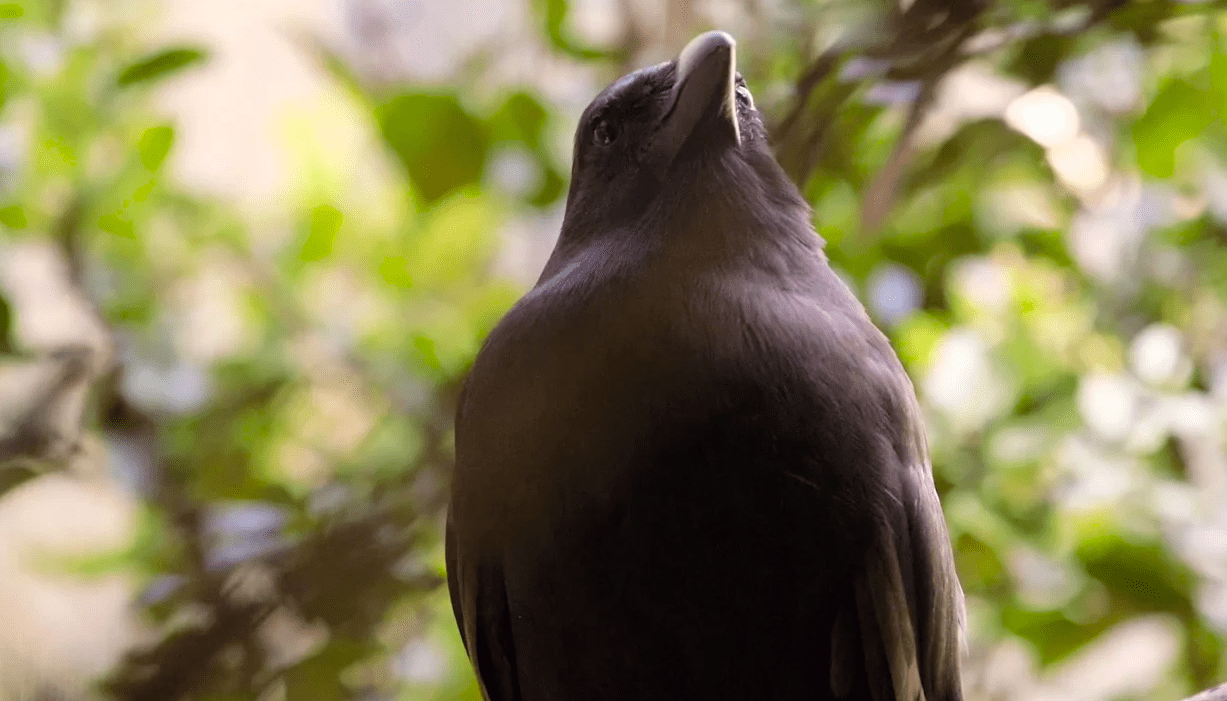Understanding the genomes of endangered species could help stop their slide toward extinction
Scientific American |March 13, 2019 | By Jonas Korlach
The death on New Year’s Day of the last member of a Hawaiian tree snail species (Achatinella apexfulva), affectionately named George, rang 2019 in on a sad note for conservationists. But there are reasons to be hopeful that this year will end better than it started, as advances in DNA and RNA sequencing are enabling a new era of conservation genomics.
Not far from the habitats of George and his other endangered snail cousins, another native species brought to the edge of extinction is making a comeback thanks to intensive genome-based conservation efforts.
Disease, predators and shrinking habitats led to a complete loss of Hawaii’s only remaining lineage of the crow family, the ‘alalā (Corvus hawaiiensis), in the wild. A captive breeding program led by San Diego Zoo Global managed to save nine ‘alalā and has successfully bred around 140 more. But the San Diego scientists wanted to do better; the captive birds had low hatching success and signs of poor genetic diversity due to inbreeding, with the majority of the population linked to a single founding pair.
So, the ‘alalā keepers turned to genetics.
By producing a high-quality genome assembly, scientists can pinpoint problems that may be accelerating a species’ path to extinction and use that information to guide breeding and other programs for more successful outcomes.
With this in mind, a research team from San Diego and the University of Hawaii used an advanced DNA sequencing technology from Pacific Biosciences to create one of the most complete genome assemblies ever produced for a bird. This comprehensive genomic roadmap is providing critical clues into the population-level diversity, genetic load and disease susceptibility of Corvus hawaiiensis.
The kākāpō bird is another excellent example of conservation genetics in action. Native to New Zealand, this flightless member of the parrot family experienced such a profound population bottleneck in recent decades that many of the remaining 125 living birds are infertile. Scientists at Duke University and other institutions used this same type of DNA sequencing technology to generate a reference-grade kākāpō genome assembly. Based on the success of this initial assembly, they are now resequencing the rest of the extant birds thanks to a crowdfunding project, and there is great hope that genome analysis will reveal the source of the widespread infertility and other problems.
High-quality reference genomes are much more than a convenient resource for conservation scientists; they can also shed light on how species interact with and contribute to their ecosystem. After all, a commitment to preserving biodiversity requires the protection of whole ecosystems to give the species they harbor the best shot at survival.
Several international consortiums have recognized the value of such a resource, creating global genomic arks of creatures great and small. The Vertebrate Genomes Project (VGP), an international consortium of more than 150 scientists from 50 academic, industry and government institutions in 12 countries, released the first 15 of an anticipated 66,000 high-quality reference genomes in 2018, and is expected to add hundreds more in 2019, representing at least one species in each of the 260 orders of living vertebrates on Earth. Likewise, the Earth BioGenome Project (EBP), “a moonshot for biology,” aims to sequence, catalog and characterize the genomes of all of Earth’s eukaryotic biodiversity over a period of 10 years. [Read more…]


